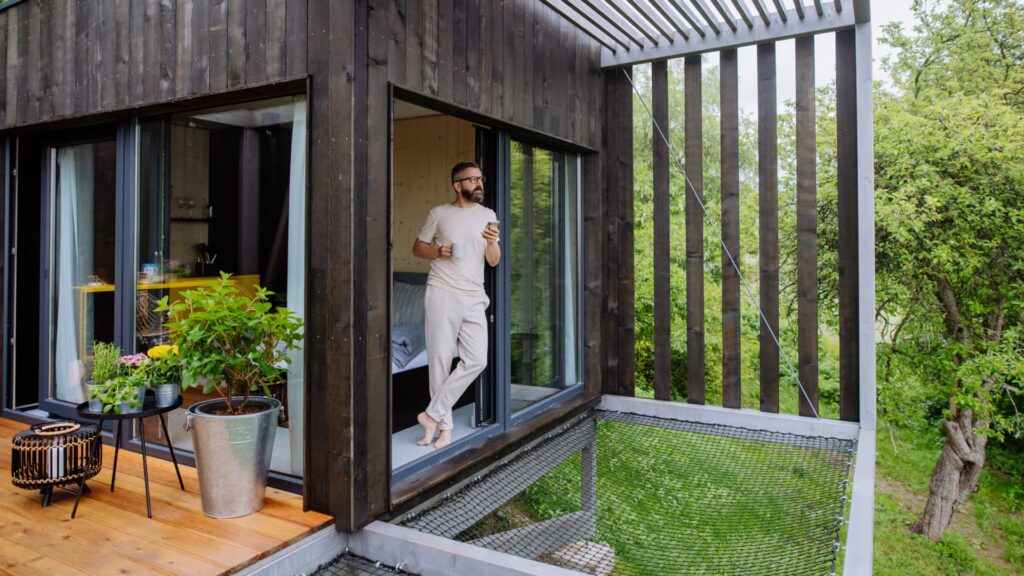Granny flats, backyard cottages, garage apartments, in-law suites, guest houses — whatever you call them, a new bipartisan bill could make them easier to finance.
The SUPPLY Act, introduced in the House last week by Reps. Sam Liccardo, D-Calif., and Andrew Garbarino, R-N.Y., would allow homeowners take out a government-backed second mortgage to build an accessory dwelling unit on their property.
Second mortgages tailored for ADU construction are virtually non-existent, according to the Urban Institute, because lenders see them as risky and hard to resell without government backing.
Currently, most homeowners who build ADUs have to rely on cash savings or home equity loans — options that aren’t available to many lower- and middle-income households. That financing gap has made it harder for less affluent homeowners to build ADUs.
The proposal comes as the U.S. faces a shortage of roughly 4 million homes, according to Realtor.com estimates, a supply gap that has pushed housing prices higher nationwide.
Whether it’s a detached backyard unit or a converted garage apartment, ADUs could help boost housing supply, especially in states like New York and California where shortages are most acute, the bill’s co-sponsors say. These small dwellings can also provide homeowners with rental income to help offset rising housing costs.
How the bill would work
An ADU, as currently defined by the bill, is a self-contained living space with a kitchen, bathroom and sleeping area that’s built onto, inside or next to a single-family home.
The bill amends the National Housing Act to authorize FHA insurance for second mortgages used to build accessory dwelling units. It also allows Fannie Mae and Freddie Mac to purchase and securitize these loans, which helps lenders manage risk and offer the loans more broadly.
Homeowners could qualify for larger loans by including up to 50% of the ADU’s projected rental income. Lenders could also base the loan on the home’s post-construction value, not just its current appraised value, according to the bill.
The bill has bipartisan backing and support from housing industry groups, including the Mortgage Bankers Association and National Association of Home Builders.
What the bill doesn’t address
While the bill focuses on financing, it doesn’t change state or local rules that govern where and how ADUs can be built.
In many cities and suburbs, ADUs are still banned or heavily restricted, often through minimum lot size requirements, owner-occupancy rules or high permitting and utility connection fees.
A handful of states have taken steps to loosen those rules. In California, recent reforms eliminated owner-occupancy mandates, capped permit fees and allowed ADUs by right in most residential areas. The state built about 23,000 ADUs in 2023 — more than seven times the number completed in 2018, according to the Wall Street Journal.
One of the “biggest barriers” to more ADUs “is still local zoning,” says Jenna Stauffer, a broker at Sotheby’s International Realty. “There’s too much red tape and too many upfront costs that discourage building. That keeps inventory low and prices high. It’s something that has to be addressed at the local level — there needs to be more collaboration between local, state and federal leaders.”
Want to stand out, grow your network, and get more job opportunities? Sign up for Smarter by CNBC Make It’s new online course, How to Build a Standout Personal Brand: Online, In Person, and At Work. Learn from three expert instructors how to showcase your skills, build a stellar reputation, and create a digital presence that AI can’t replicate.
Plus, sign up for CNBC Make It’s newsletter to get tips and tricks for success at work, with money and in life, and request to join our exclusive community on LinkedIn to connect with experts and peers.


